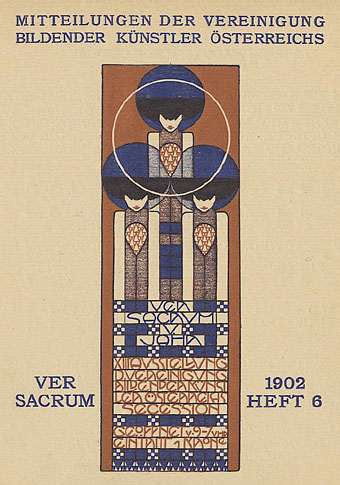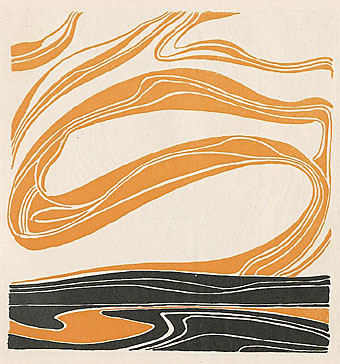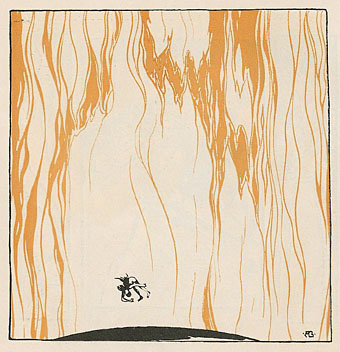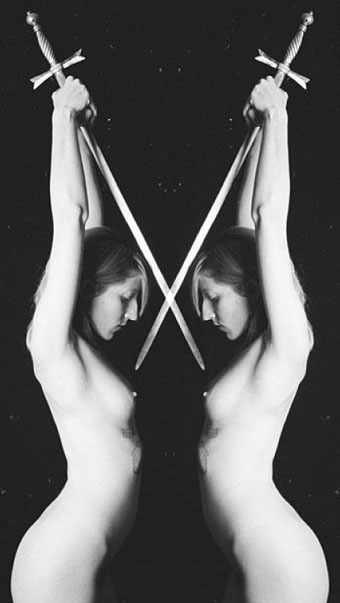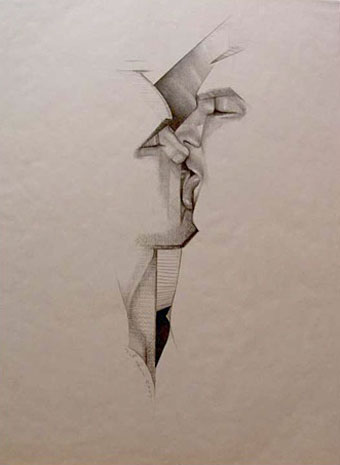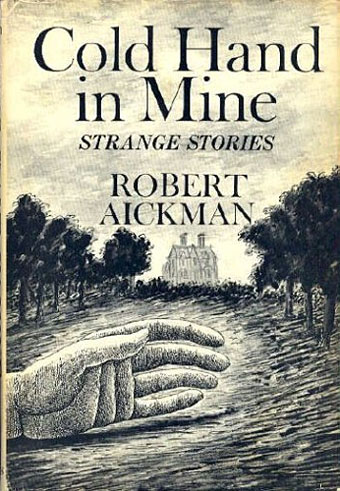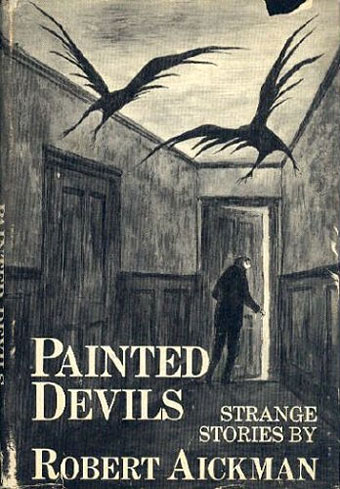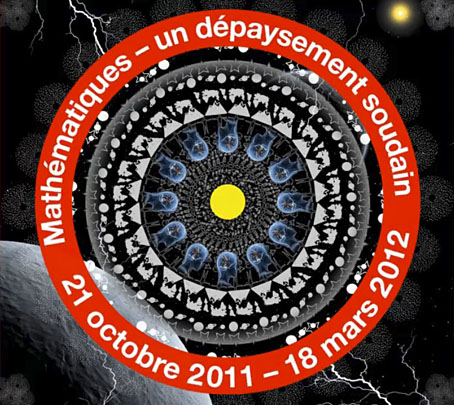
David Lynch turns up again via a post at New Scientist about Mathematics – A Beautiful Elsewhere, an exhibition currently running at the Fondation Cartier, Paris:
A large number of mathematicians and scientists contributed to the creation of this exhibition, and eight of them acted as its overseers: SIR MICHAEL ATIYAH, JEAN-PIERRE BOURGUIGNON, ALAIN CONNES, NICOLE EL KAROUI, MISHA GROMOV, GIANCARLO LUCCHINI, CÉDRIC VILLANI and DON ZAGIER. Representing a wide range of geographical backgrounds and mathematical disciplines, they work in areas such as number theory, algebraic geometry, differential geometry, topology, partial differential equations, probability, mathematics applied to biology…
They were accompanied by nine artists chosen for their exceptional ability to listen, as well as for their great sense of curiosity and wonder. All of these artists have exhibited at the Fondation Cartier in the past: JEAN-MICHEL ALBEROLA, RAYMOND DEPARDON AND CLAUDINE NOUGARET, TAKESHI KITANO, DAVID LYNCH, BEATRIZ MILHAZES, PATTI SMITH, HIROSHI SUGIMOTO and TADANORI YOKOO, as well as Pierre Buffin and his crew (BUF). They worked together to transform the abstract thinking of mathematics into a stimulating experience for the mind and the senses, an experience accessible to everyone.
The image above is credited to the surprising combination of Lynch and artist/collagist/psychedelicist Tadanori Yokoo. There’s a catalogue of works on the Fondation site but since all the pages there are Flash-based it’s impossible to link to anything. One of the pieces that caught my attention was by Beatriz Milhazes, a Brazilian artist whose work I don’t recall having seen before although she’s been exhibited in the UK. Her abstract paintings are gorgeous things. The James Cohan Gallery has a selection of her work.
Previously on { feuilleton }
• David Lynch window displays
• David Lynch in Paris
